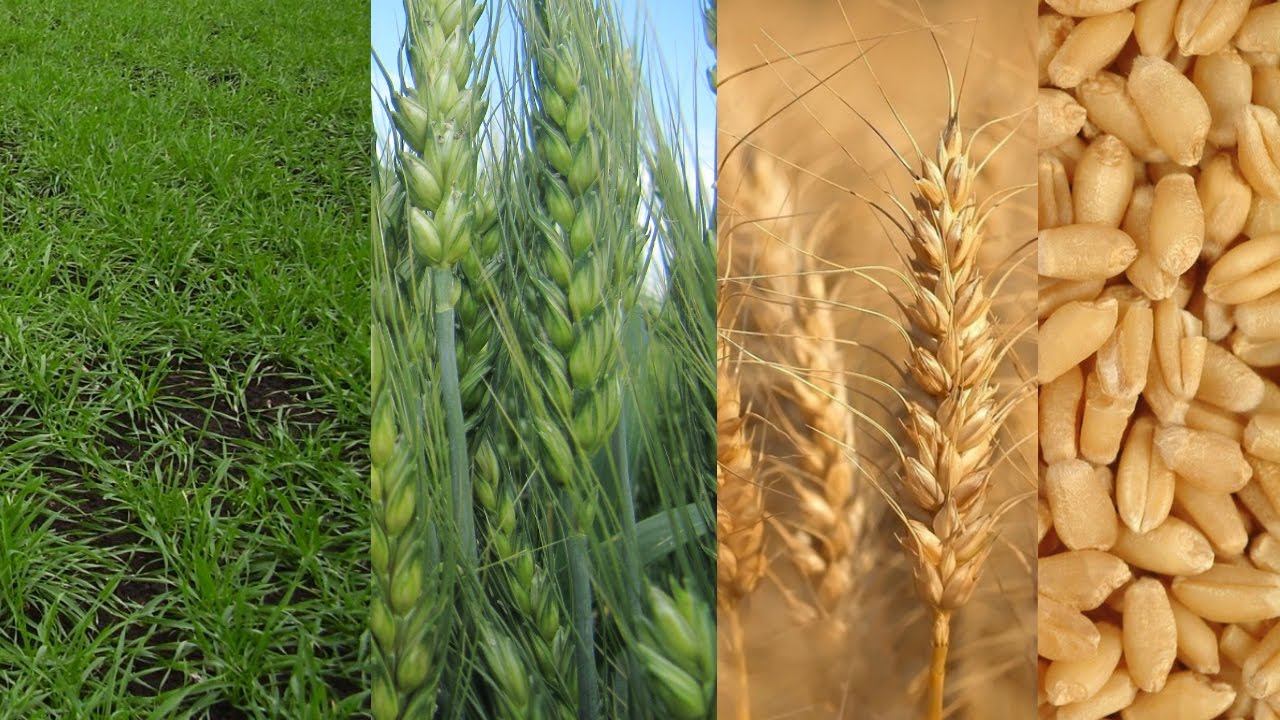New wheat varieties enable Ethiopian farmers face devastating rust diseases, up yields

The newly released six wheat varieties by the Ethiopian Institute of Agricultural Research (EIAR) are helping farmers from the East Africa nation mitigate devastating rust diseases and up yields.
The varieties that were developed by the International Maize and Wheat Improvement Center (CIMMYT) and released in 2023 were aimed for the mid to highlands (> 1800 meters above sea level) and lowlands (< 1800 masl) of the country.
“These newly released varieties provide options for farmers to face devastating rust diseases and at the same time obtain higher productivity,” said wheat breeder Leonardo Crespo.
According to a DNA finger printing study about 87 per cent of the wheat area in Ethiopia comprises varieties developed by CIMMYT.
Gadisa Alemu, a wheat breeder based in EIAR, Kulumsa, added that the CIMMYT varieties were tested in farmers’ fields prior to release. “This allows participating farmers to have quicker access to seed of selected varieties,” he said.
The aim was to obtain additional insights into the activities of CIMMYT’s partners and co-design a strategy that allows early evaluation and access to CIMMYT germplasm by national partners in Ethiopia.
The team visited research centers in Holetta (highlands), Debre Zeit and, Kulumsa (midlands), and Arsi Negele (lowlands). Kulumsa, together with the highlands of Meraro and Asasa plains, represent about 60-70% of the wheat area in Ethiopia.
“These are important sites for wheat breeding activities in Ethiopia. Given that Holetta and Debre Zeit are hot spots for diseases, there is an increased interest in the Arsi Negele region to expand wheat production under irrigated conditions,” said Bekele Abeyo, wheat breeder and CIMMYT’s Ethiopia Country Representative.
Ethiopia is the largest wheat producer in East Africa, with about 65% share of the total wheat production in sub-Saharan Africa.
The area under wheat increased from about 1.5 million hectares in 2010 to 2.5 million hectares in 2023.
More importantly, the productivity increased from 1.8 tons per hectare to about 3 tons per hectare in the same period, implying an increase of about 5% per annum in productivity.
Several factors have contributed to this spectacular increase in productivity, including better farm practices implemented through clustering farmers land to reduce production costs, and introducing new, improved varieties that enable farmers to withstand challenges of crop diseases.
Read also
Wheat in Southern Brazil Impacted by Dry Weather and Frosts
Oilseed Industry. Leaders and Strategies in the Times of a Great Change
Black Sea & Danube Region: Oilseed and Vegoil Markets Within Ongoing Transfor...
Serbia. The drought will cause extremely high losses for farmers this year
2023/24 Safrinha Corn in Brazil 91% Harvested
Write to us
Our manager will contact you soon



